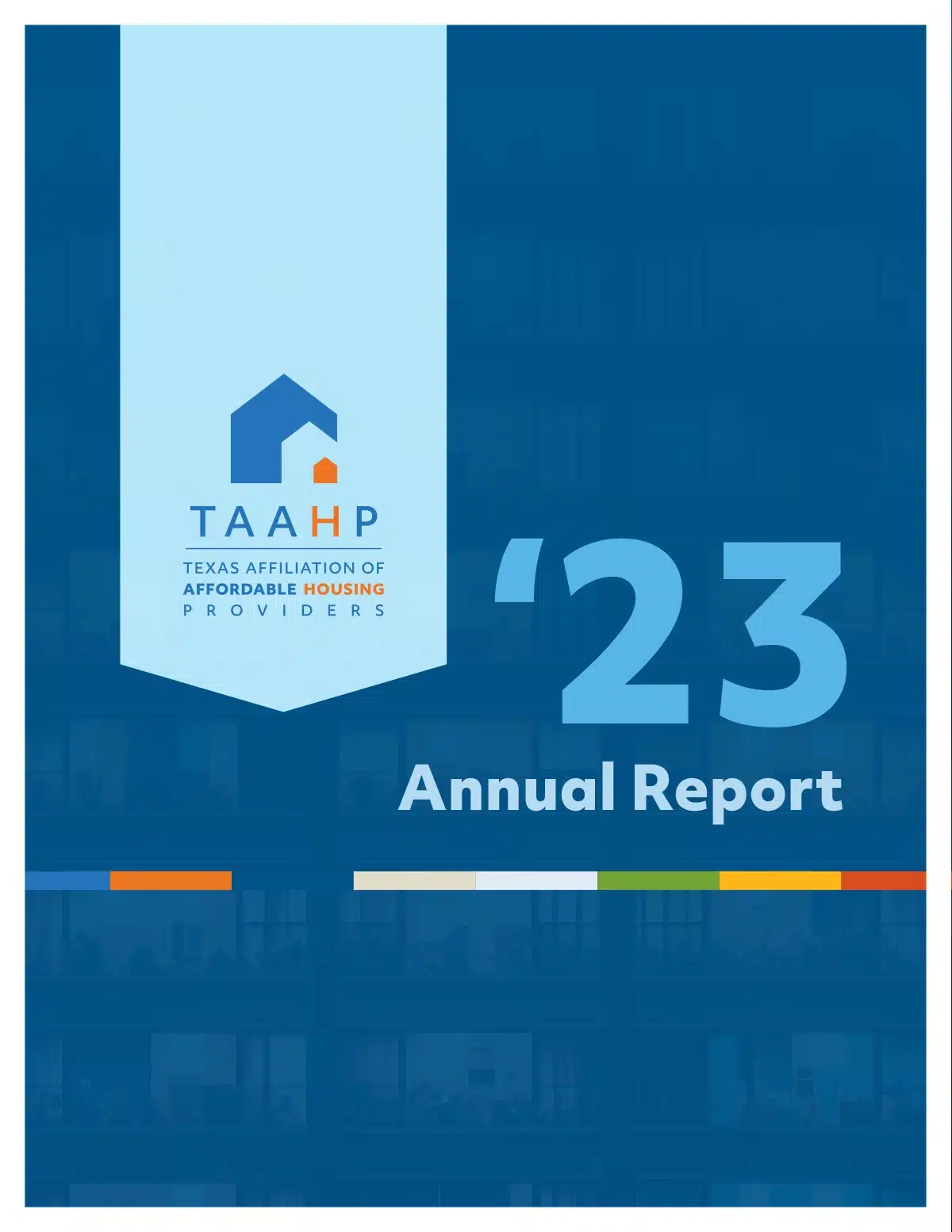This study was published by The Urban Institute
Abstract Summary
The U.S. Department of Housing and Urban Development (HUD) Rental Assistance Demonstration (RAD) program launched nine years ago to test a new strategy intended to maintain public housing stock in light of long-term capital needs shortfalls. The program could transform public housing by allowing the conversion of public housing units to project-based Section 8 contracts (either project-based vouchers, which are part of the Housing Choice Voucher program, or project-based rental assistance). Housing authorities could eventually convert over 40 percent of the public housing units in existence before the program began, based on caps set by Congress, although currently approved targets remain well short of that goal.
Until recently, relatively little has been known about the impact of these conversions on tenants. Assisted housing advocates and others have raised concerns about relocation, protection of tenant rights, accommodations for vulnerable populations like seniors and people with disabilities, and the long-term stability of converted developments. This article is based on research done by Econometrica and the Urban Institute, as part of an evaluation of the RAD program funded by HUD, between 2013 and 2018 on short-term outcomes for tenants in the first group of conversions approved.
Overall, we found that the early experience is positive or neutral. The survey of residents living in a sample of RAD projects revealed that most tenants were generally satisfied with their public housing authority (PHA)’s communications about RAD and its management of the RAD process. Tenants thought that property maintenance and property management were as good as or better than before conversion. Most tenants in our sample have not had to relocate because of the conversion, and all but a few have returned to the original property. Because little time has passed since the conversion, the findings on how RAD might affect tenant well-being—employment, health, and safety perceptions—are unclear.
However, it is clear that many of the surveyed tenants were vulnerable, with most cycling in and out of jobs and reporting fair or poor health and a substantial minority reporting feeling unsafe, especially outside at night. These findings reinforce the importance of ensuring that housing authorities address tenants’ needs as central to their RAD planning.

